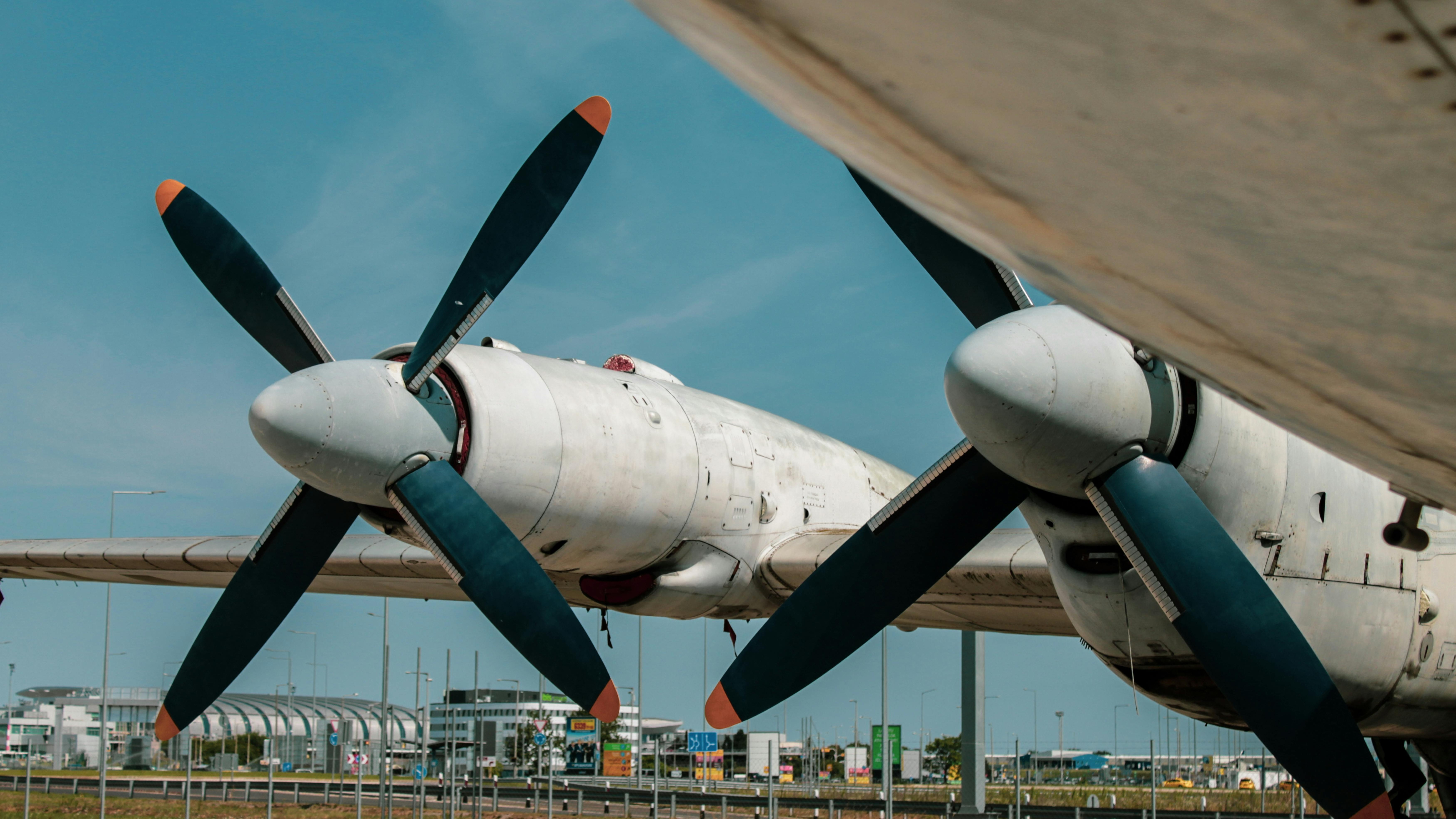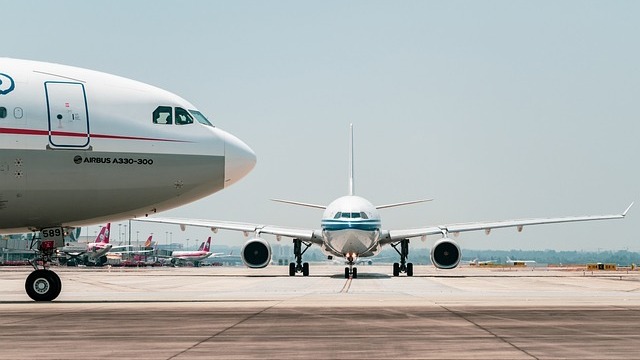
In recent years, the aviation industry in Africa has witnessed remarkable growth and development. However, behind this success lies a rich history that showcases the determination, innovation, and passion of the pioneers who paved the way for the soaring skies we see today. Join us as we embark on a journey through time to explore the fascinating history of aviation in Africa.
The Early Days of African Aviation The Birth of Aviation:
From the Wright Brothers to Louis Blériot Aviation as we know it today began with the groundbreaking achievements of the Wright Brothers in 1903. Their successful flight in Kitty Hawk, North Carolina, marked the birth of modern aviation. However, it wasn't long before this incredible feat inspired dreamers and adventurers from around the world, including Africa.

The Advent of Aviation in Africa:
A Pioneering Spirit In the early 1900s, Africa became a hotspot for aviation pioneers seeking to conquer the skies. These brave individuals, fueled by a pioneering spirit, embarked on daring expeditions to explore the vast African continent from above. Their efforts laid the foundation for the future of aviation in Africa.
The First African Aviation Companies:
Setting the Stage for Progress In the 1920s, the first African aviation companies emerged, driven by a vision to connect the continent through the power of flight. These companies, such as Imperial Airways and South African Airways, played a pivotal role in establishing air routes and promoting air travel within Africa. They set the stage for progress and sparked the imagination of future generations.
African Aviation Takes Flight The Impact of World War II:

Catalyst for Change World War II brought significant advancements in aviation technology, and Africa was not left behind. The war served as a catalyst for change, as military aircraft and infrastructure were developed across the continent. After the war, these advancements were repurposed for civilian air travel, leading to the expansion of African airlines and the modernization of airports.
Independence and National Airlines:
A Symbol of Sovereignty The wave of independence that swept across Africa in the mid-20th century brought with it a sense of national pride and identity. Many newly independent countries saw the establishment of their national airlines as a symbol of sovereignty and progress. These airlines played a crucial role in connecting the continent and fostering economic growth.
The Jet Age:
Revolutionizing African Air Travel The introduction of jet aircraft in the 1960s revolutionized air travel in Africa. Jet-powered planes allowed for faster, more efficient, and long-distance flights, opening up new possibilities for travel and trade. African airlines embraced this technological advancement, expanding their routes and offering improved services to passengers.
Overcoming Challenges and Embracing Opportunities Infrastructure Development:

Building the Foundations for Growth One of the major challenges faced by the African aviation industry was the lack of adequate infrastructure. However, over the years, significant investments have been made in the development of airports, runways, and air traffic control systems. These infrastructure improvements have not only facilitated the growth of aviation but also stimulated economic development in the surrounding communities.
International Partnerships:
Collaboration for Success To overcome financial and technological limitations, African airlines have forged strategic partnerships with international carriers. These collaborations have enabled African airlines to expand their reach, access new markets, and enhance their service offerings. The sharing of expertise and resources has been instrumental in driving the growth and success of African aviation.

The Rise of Low-Cost Carriers:
Expanding Accessibility In recent years, the rise of low-cost carriers has democratized air travel in Africa. These airlines offer affordable fares, making flying more accessible to a wider population. The emergence of low-cost carriers has opened up new opportunities for tourism, business, and cultural exchange within the continent, fostering economic growth and connectivity.
Conclusion:
As we reflect on the rich history of aviation in Africa, it becomes clear that the continent has come a long way since its early days. The determination, innovation, and resilience of the pioneers have laid the groundwork for the thriving aviation industry we see today. The East African Airshow Uganda is a testament to this progress, showcasing the achievements and aspirations of African aviation. Join us in celebrating this remarkable journey by signing up for the airshow and being a part of the next chapter in African aviation history. Together, let's continue to soar to new heights and inspire future generations of high-fliers.
 Add Row
Add Row  Add
Add 

Write A Comment